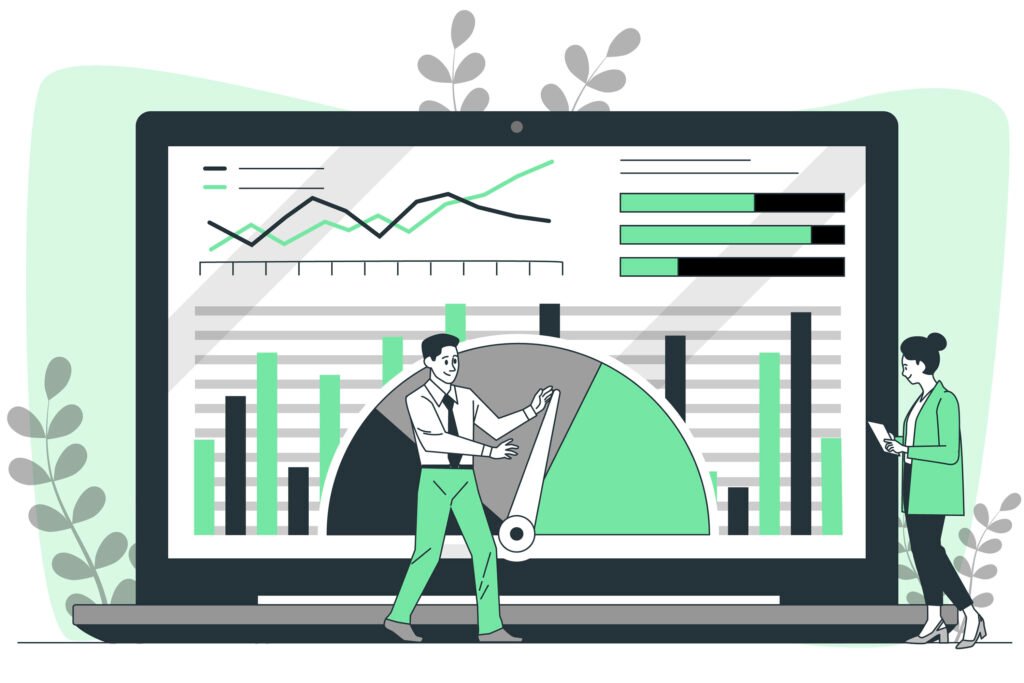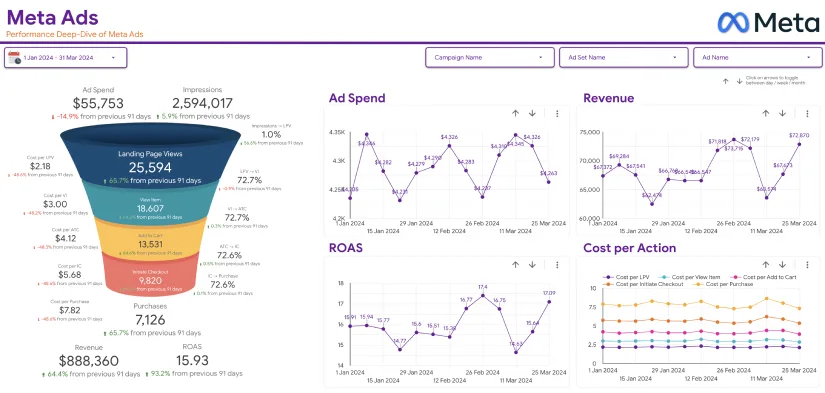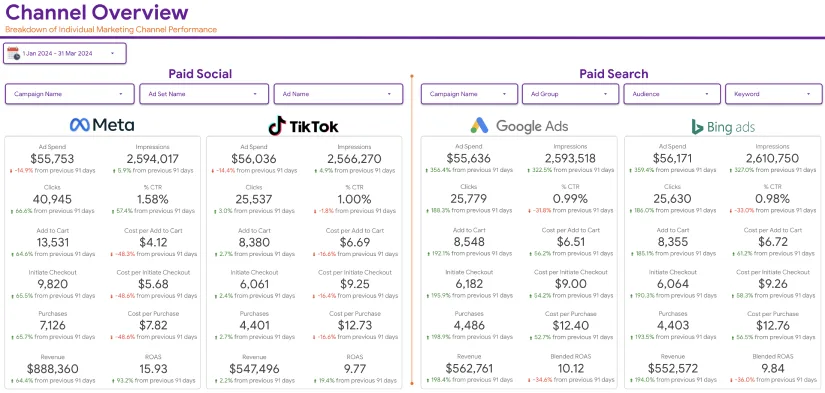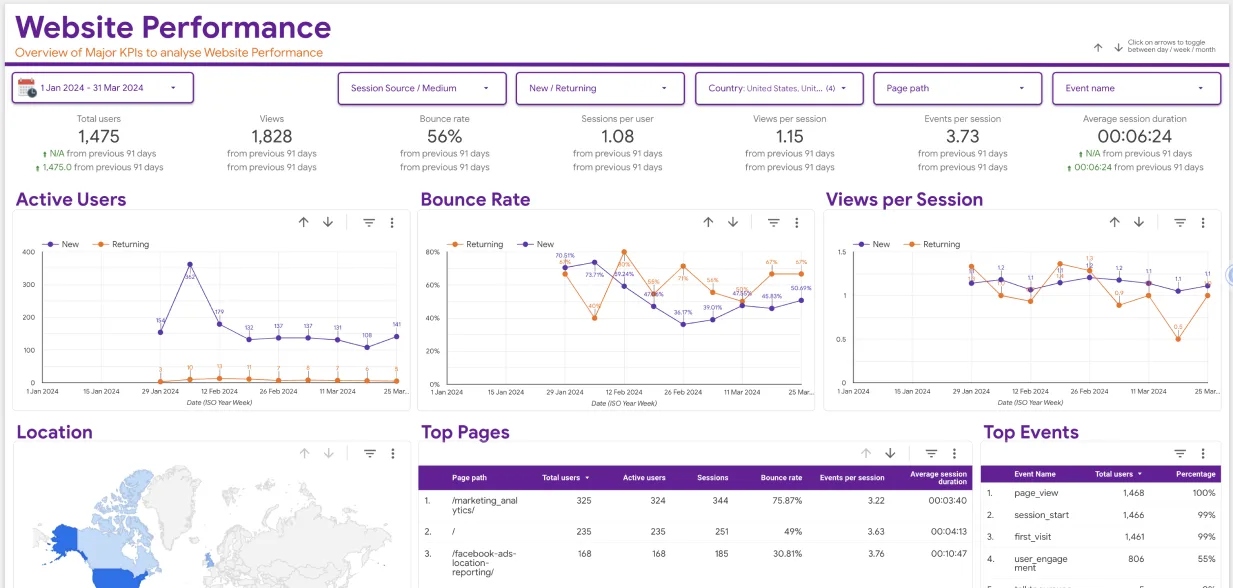In today’s fast-paced digital landscape, businesses must act swiftly to capture attention, engage audiences, and stay ahead of competitors. The key to achieving this lies in real-time analytics. By harnessing the power of digital marketing analytics and leveraging real-time insights, companies can make informed decisions and adapt their marketing campaigns on the fly. At Eaglytics, we believe agility is the backbone of modern marketing success.
In this blog, we’ll explore how real-time analytics empowers agile marketing, the tools that make it possible, and strategies to ensure your campaigns are always optimized for peak performance.
What is Real-Time Analytics in Digital Marketing?
Real-time analytics refers to the process of collecting, analyzing, and acting upon data as it becomes available. Unlike traditional analytics, which often relies on historical data, real-time analytics provides immediate insights that allow businesses to adapt quickly.
In the realm of digital marketing analytics, real-time data can reveal critical information, such as:
- Live campaign performance metrics (e.g., click-through rates, impressions, and conversions).
- Website traffic patterns and user behavior.
- Social media engagement and trending content.
- Customer feedback and sentiment analysis.
By integrating real-time analytics into your marketing strategy, you can shift from reactive to proactive decision-making.

Why Real-Time Analytics is Essential for Agile Marketing
Agile marketing focuses on flexibility, speed, and responsiveness. In this framework, marketing teams can:
- Test and optimize campaigns quickly.
- Address performance issues as they arise.
- Capitalize on emerging trends or viral moments.
- Deliver personalized experiences to customers in real time.
Real-time analytics serves as the foundation for these capabilities, enabling marketers to:
- Detect underperforming campaigns and refine them immediately.
- Identify high-performing channels to allocate resources effectively.
- Gain a competitive edge by reacting faster than competitors.
Top Tools for Real-Time Analytics in Digital Marketing
To fully leverage real-time analytics, you need the right tools. Here are some of the best platforms available:
1. Google Analytics 4 (GA4)
GA4 is the latest iteration of Google’s analytics platform, designed with real-time data tracking in mind. Key features include:
- Real-time user tracking and engagement metrics.
- Event-driven data model for granular insights.
- Integration with Google Ads for live campaign performance monitoring.
2. Tableau
A powerful data visualization tool, Tableau helps marketers make sense of complex real-time data. Benefits include:
- Custom dashboards that update in real time.
- Integration with multiple data sources, including social media and CRM systems.
3. HubSpot Marketing Hub
HubSpot provides real-time analytics for email marketing, website traffic, and lead generation. It offers:
- Live tracking of email open rates and click-throughs.
- Workflow automation based on real-time triggers.
4. Sprout Social
For social media marketers, Sprout Social delivers real-time insights on audience engagement and trending topics. Features include:
- Social listening tools for identifying emerging trends.
- Performance tracking across platforms like Instagram, Twitter, and Facebook.
5. Adobe Analytics
This enterprise-level tool offers advanced capabilities for real-time data collection and analysis. Highlights include:
- AI-powered insights for predictive analytics.
- Integration with other Adobe products for seamless workflows.
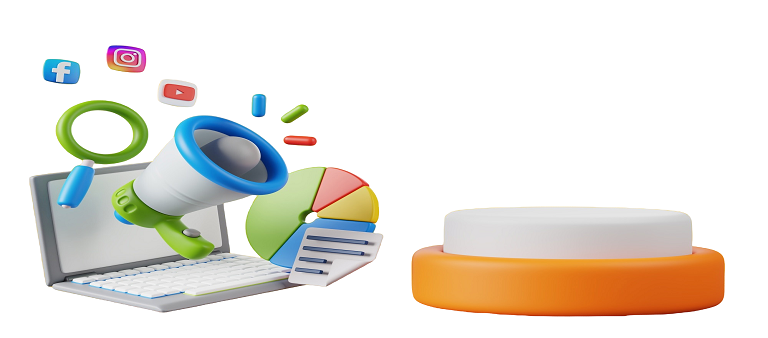
Strategies to Leverage Real-Time Analytics for Agile Campaigns
1. Monitor Key Metrics Continuously
Focus on metrics that align with your campaign goals. For example:
- If your objective is lead generation, track conversions and cost-per-lead in real time.
- For brand awareness campaigns, monitor impressions, reach, and engagement rates.
By keeping a close eye on these metrics, you can quickly identify what’s working and what needs adjustment.
2. Implement A/B Testing on the Fly
Real-time analytics enables rapid experimentation. Test different versions of your ads, landing pages, or email content to see which performs better. Use tools like Optimizely or Google Optimize to run split tests and gather live feedback.
3. Personalize Customer Experiences in Real Time
With real-time data, you can deliver highly targeted content to your audience. For instance:
- Use behavioral data to trigger personalized email recommendations.
- Serve dynamic ads based on a user’s browsing history or location.
4. Leverage Social Listening for Trendspotting
Stay ahead of the curve by monitoring social media trends in real time. Tools like Brandwatch or Sprout Social can help you identify viral topics and adjust your campaigns to join relevant conversations.
5. Automate Data-Driven Actions
Integrate automation tools like Zapier or HubSpot to act on real-time data. For example:
- Automatically pause underperforming ads.
- Trigger notifications for your team when KPIs fall below a certain threshold.
6. Analyze and Adapt Quickly
Real-time analytics is only as effective as your response to it. Establish workflows to ensure your team can act on insights promptly. Consider weekly “stand-up” meetings to review live data and adjust strategies.
Best Practices for Implementing Real-Time Analytics
1. Define Clear Goals
Before diving into real-time analytics, outline what you want to achieve. Whether it’s improving ROI, increasing engagement, or reducing churn, having clear objectives will guide your analysis.
2. Invest in Training
Equip your team with the skills to interpret and act on real-time data. Regular training sessions and workshops can enhance their analytical capabilities.
3. Prioritize Data Accuracy
Ensure your analytics tools are properly configured to avoid discrepancies. Regularly audit your tracking setups to maintain data integrity.
4. Use Data Visualization
Visual dashboards make it easier to interpret real-time data. Tools like Tableau or Power BI can transform raw numbers into actionable insights.
5. Foster Collaboration
Real-time analytics often involves multiple teams. Encourage collaboration between marketing, sales, and customer support to maximize its impact.
The Future of Real-Time Analytics in Digital Marketing
As technology continues to evolve, real-time analytics will become even more integral to digital marketing analytics. Innovations like AI, machine learning, and IoT will enable marketers to:
- Predict consumer behavior with greater accuracy.
- Automate more complex decision-making processes.
- Integrate data from a wider range of sources for a holistic view.
By staying ahead of these trends, businesses can remain agile and maintain a competitive edge.
Conclusion
Real-time analytics is no longer a luxury—it’s a necessity for businesses aiming to succeed in the digital age. By incorporating the right tools, strategies, and workflows, you can transform your marketing campaigns into agile, high-performing initiatives. At Eaglytics, we’re passionate about helping businesses unlock the full potential of digital marketing analytics. Start leveraging real-time insights today and watch your campaigns soar to new heights.

